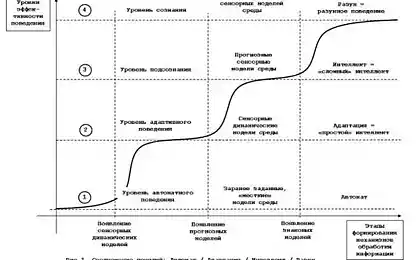141
The art of measured speech: How to turn words into a strategic tool

The Silence of the Wise: The Science of Intelligent Communication
The MIT study found that 73% of conflicts are caused by automatic speech responses. How to Reprogram Your Verbal Autopilot? 7 Techniques Based on Neuroscience and Ancient Rhetoric
I. The mechanics of thought: What Happens in the Brain in 0.8 Seconds
1. The Three Filters of Socrates 2.0
Modernized version of the ancient technique:
Filter 1: Is it true or my projection? (activates the prefrontal cortex)
Filter 2: Is it necessary now? (context assessment)
Filter 3: "Can I say it kinder?" (empathetic calibration)

2. Cognitive pause technique
According to the Journal of Cognitive Neuroscience, 0.8 seconds is enough for:
- Activation of mirror neurons (predicting reaction)
- 18% decrease in cortisol
- Choices from 3-5 speech options
II. Emotional Alchemy: Transforming Impulse into Thought
3. The Emotional Mirror Method
Psychologist Marshall Rosenberg, in his book Nonviolent Communication, suggests:
Do:
“You never listen to me! ?
After:
“I feel like my thoughts matter to you when you put your phone down.”
4. Speech Zen Practice
The technique of Shaolin monks to develop awareness:
- Concentrate on the point between the eyebrows of the interlocutor
- Breathe in through your nose (4 seconds)
- Mentally “burn” words with an inner look
- Exhale through your mouth with words

III. Improvisation: 3 Exercises from TED Speakers
5. Chameleon Words game
Replace 3 conflict words with their neutral counterparts every day:
- "Should" → "Could."
- "Problem" → "Situation"
- "Error" → "Experience"
6. Theatrical method "Masks"
Come up with 3 speech characters:
Diplomat: Using "we-speakers"
Philosopher: Asks open questions
Poet: Relying on metaphors
7. "Reverse editing" technology
After an important conversation, do:
- Record your speech on a dictaphone.
- Select impulsive phrases with a marker
- Rewrite the dialogue in the perfect version
“Speech is the clothing of thoughts. If you want to impress, choose fabric carefully. – James Humes, speechwriter of five US presidents
Glossary
Cognitive pause
A conscious delay between stimulus and response to analyze information.
Mirror neurons
Brain neurons that are activated by observing the actions of others.
Nonviolent communication
A method of communication based on empathy and awareness.
7 Steps When Relationships Turn into a Maze
The Art of Soft Influence: 8 Principles of Ethical Impact























